 Abraham Lincoln
If given the truth, the people can be depended upon to meet any national crisis...
Abraham Lincoln
If given the truth, the people can be depended upon to meet any national crisis...
 Guildford news...
for Guildford people, brought to you by Guildford reporters - Guildford's own news service
Guildford news...
for Guildford people, brought to you by Guildford reporters - Guildford's own news service
Birdwatcher’s Diary No.160
Published on: 1 May, 2018
Updated on: 1 May, 2018
By Malcolm Fincham
An explosive blast of warm air pushed up into the southern regions of the UK as we moved into the second half of April, raising daytime temperatures into the mid to high 20s centigrade.
With reports of the arrival of a few nightingales at Pulborough Brooks RSPB, I was keen to take up an invite from friends, Bob and Dougal on April 16 in the hope seeing one for the first time this year at the West Sussex reserve.
An early start allowed us the best opportunity to capture the tail end of the dawn chorus. At the area there known as “Fattengates”, sure enough, a nightingale was gracing us with its distinctive melody, in full view as it did so.
Glancing into one of the ponds there, we spotted several newts. Judging by the previous weeks of cool weather, they were probably not long out of hibernation.
On closer inspection we counted at least seven, and to my surprise, most of them being of the great crested variety.
Close by, and much later in the year than usual for us, we heard a willow warbler singing, locating it as it sang from a silver birch.
Along the trail, leading to the hides, primroses had burst into flower.
A few brimstone butterflies fluttered past and even a comma settled long enough for a photo.
Blackcaps could be heard singing above the cacophony of other birds in song.
Even managing to get a second picture for the year of a female blackcap.
At least three lesser whitethroats could be heard singing as we walked the reserve, catching a picture of one as it perched in some blackthorn. Though still no sound of any common whitethoats?
From the hides, looking out across the scrapes, a few wintering wigeon and teal still lingered, though most had now migrated north. Much of what remained was too distant to photograph, although I felt a pair of avocets were worth a record shot.
As well as an in-flight shot of a greylag goose.
We also added our first sighting of a sedge warbler for the year as it poked its head out of some brambles it had been singing from.
My best sighting of the day was viewed just below us from one of the hides. A water vole, the first I had seen this year. Snatching a few shots of it as it disappeared out of sight on the far bank.
As a bonus, within a few minutes it reappeared, swimming toward us, allowing some better photos.
On April 19 at the Riverside Nature Reserve near Burpham, I was able to continue my quest in the way of new sightings for the year.
My first reed warbler of the year, showing surprisingly well in a section of old reed beds, that hadn’t yet regrown, at the outlet end of Stoke Lake.
Although not realising at the time, a few of the pictures even showed an identity ring on its left leg.
I also sighted my first holly blue as well as my first batch of male orange tip butterflies, that day. It wasn’t until my return the following day that I was able to get them to settle long enough to photo.
The holly blue, typically, eventually settled on some ivy.
While the orange tip chose some lady’s smock, still in flower.
I also added a female orange tip, not seen the previous day.
As well as two new butterfly sightings for this year. A small white, I eventually caught up with as it flew, close by, across the meadow. Though having to settle for some in-flight shots as it wasn’t prepared to settle for me.
Several speckled wood, danced around in unison for a while, along a shaded footpath, before going their separate ways with one settling long enough for a photograph.
I also, at long last, got my first sighting and pictures, by the boardwalk, of a common whitethroat, perched and singing in a bush.
Completing my day by getting some rather pleasing pictures by Stoke Lock of an especially trusting sedge warbler, one of at least four heard there that day.
A trip to Farlington Marshes in Hampshire, although an enjoyable one, failed to add any more new species to my list. The sunshine did help, however, in the way of photos.
A pair of avocets were closer to view than the ones at Pulborough.
Also getting some close views of linnets.
Getting pictures of Mediterranean gulls as they flew overhead, was a little easier than my attempts on my previous visit there.
Adding to my “in flight” shots was a group of oystercatchers.
As well as a small flock of shelducks.
A common whitethoat, lesser whitethroat, sedge warbler could also be heard and spotted singing.
Also unable to get any decent shots of the few bearded tits I glimpsed, a reed bunting, however, showed well near the visitor hut.
Along the concrete of the seawall a lone wheatear perched ahead of me, keeping its distance, eventually flying a little way out to sea, relocating itself behind me.
Several trips before the month was out to Thursley Common saw the arrival of several more male redstarts, although still no sign of females. One male could be seen, perched singing its heart out from the top of a pine, by the Moat car park.
Out on the heathland the woodlarks could be seen, occasionally perched, singing, sometimes literally, from the treetops.
A few tree pipits had at last arrived and could be heard joining them in song.
While from time to time, disturbed by the haunting sound of curlews.
Higher up over the heathland, on one of my visits, I counted at least nine kettling common buzzards gracefully gliding high in the thermals.
On another occasion seeing three red kites overhead.
Warm weather had also tempted common lizards out to bask on the boardwalk.
On a log in one of the pools by the boardwalk was a raft spider.
The raft spider is one of the two largest spiders in the UK. It hunts by running on the surface of water, and can submerge altogether to hide from predators. This particular one, on close inspection, unfortunately, appears to have lost one of its rear legs.
Dartford warblers and stonechats could be picked out as usual flitting around the heather.
It wasn’t until April 22 that news came through that “Colin” the confiding cuckoo had made his return to Thursley. Having given so much pleasure to so many photographers in the past two years.
It wasn’t until the following day that I had the chance to get what could possibly be called, just record shots, compared to some of the ones taken in previous years.
The warm spell of sunshine was short lived and had cooled back down into the low teens by the last week of April.
It didn’t seem to hold back an early arrival of at least 30 swifts, that had stopped off on April 26 to hawk on flying insects over the sewage works by Stoke Lock.
A low pressure weather system, bringing showers of rain was pushing the flies down low enough for me to optimistically attempt a few photos of them as they whizzed overhead.
Along with the 100 or more swallows and house martins that had joined in on the banquet.
Dodging another shower of rain and looking east, I also noticed a double rainbow had formed, arching over one of the pylons on the reserve.
While in the river that ran before me, I added a sighting of a drake mandarin duck.
Looking out toward the nearby scrape, was another non-native species. A pair of Egyptian geese. On closer inspection, along side them were six goslings.
As the evening sun began to fade, an adult male grey wagtail, perched on a bridge, looking proud in its yellow outfit and black bib, while the female raised its young nearby.
Ending another day’s photography by snatching a passing shots of a cormorant as it flew low past me along the river.
Recent Articles
- Burglar Jailed Thanks To Quick Action of Ash Resident
- Highways Bulletin for December
- Birdwatcher’s Diary No.318 Some Pre-Christmas Rambles
- Merry Christmas and a Happy New Year to All Our Contributors and Readers!
- More Units Added to Solums’s Station Redevelopment
- Vehicle Stop on Epsom Road Leads to Prolific Drug Gang Being Put Behind Bars
- Local Political Leaders Respond to Publication of the English Devolution White Paper
- Flashback: Guildford All Lit Up For Christmas – Then And Now
- City Earn Themselves a Three Point Christmas Present
- Mayor’s Diary: December 23 – January 4


Search in Site
Media Gallery
Dragon Interview: Local Artist Leaves Her Mark At One of England’s Most Historic Buildings
January 21, 2023 / No Comment / Read MoreDragon Interview: Lib Dem Planning Chair: ‘Current Policy Doesn’t Work for Local People’
January 19, 2023 / No Comment / Read MoreA3 Tunnel in Guildford ‘Necessary’ for New Homes, Says Guildford’s MP
January 10, 2023 / No Comment / Read More‘Madness’ for London Road Scheme to Go Ahead Against ‘Huge Opposition’, Says SCC Leader
January 6, 2023 / No Comment / Read MoreCouncillor’s Son Starts Campaign for More Consultation on North Street Plan
December 30, 2022 / No Comment / Read MoreCounty Council Climbs Down Over London Road Works – Further ‘Engagement’ Period Announced
December 14, 2022 / No Comment / Read MoreDragon Interview: GBC Reaction to the Government’s Expected Decision to Relax Housing Targets
December 7, 2022 / No Comment / Read MoreHow Can Our Town Centre Businesses Recover? Watch the Shop Front Debate
May 18, 2020 / No Comment / Read More




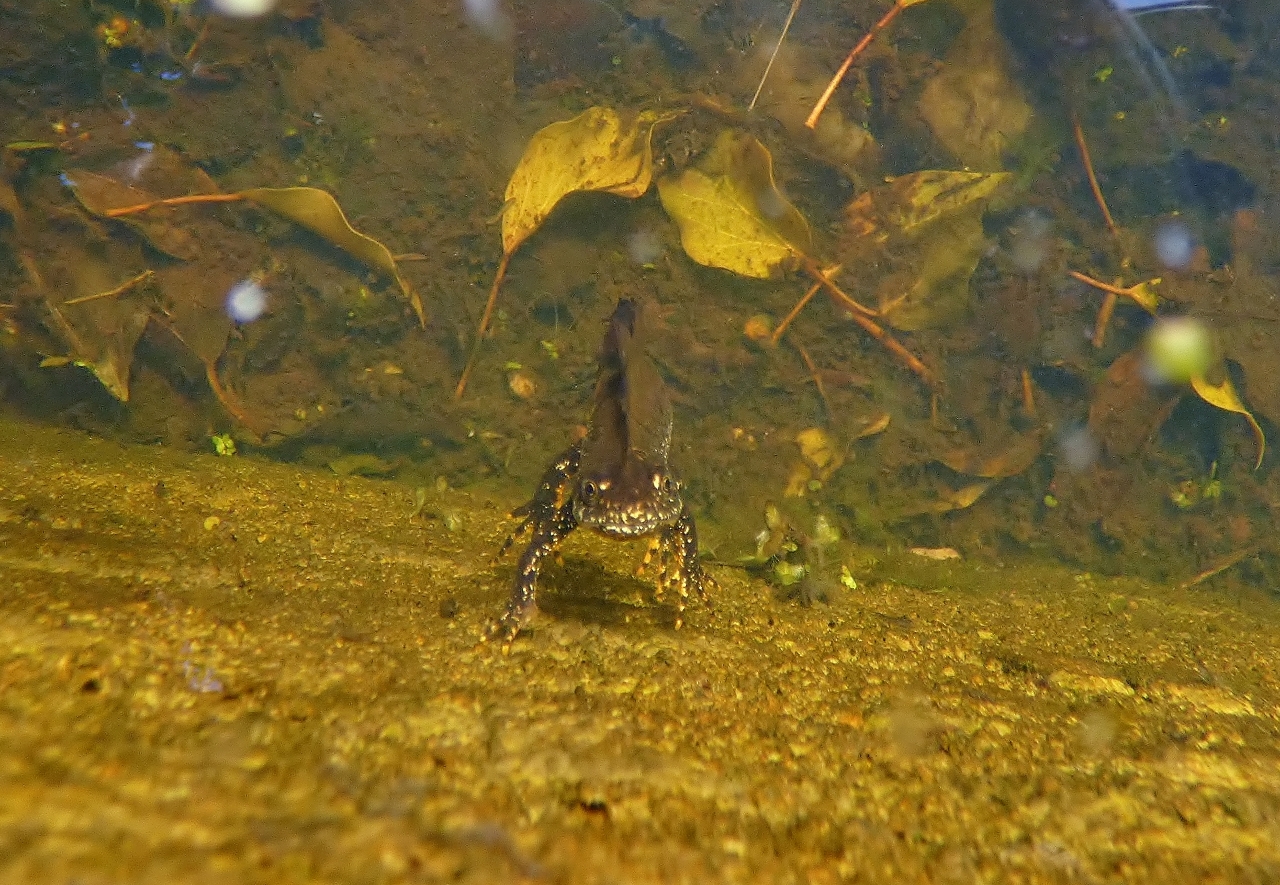


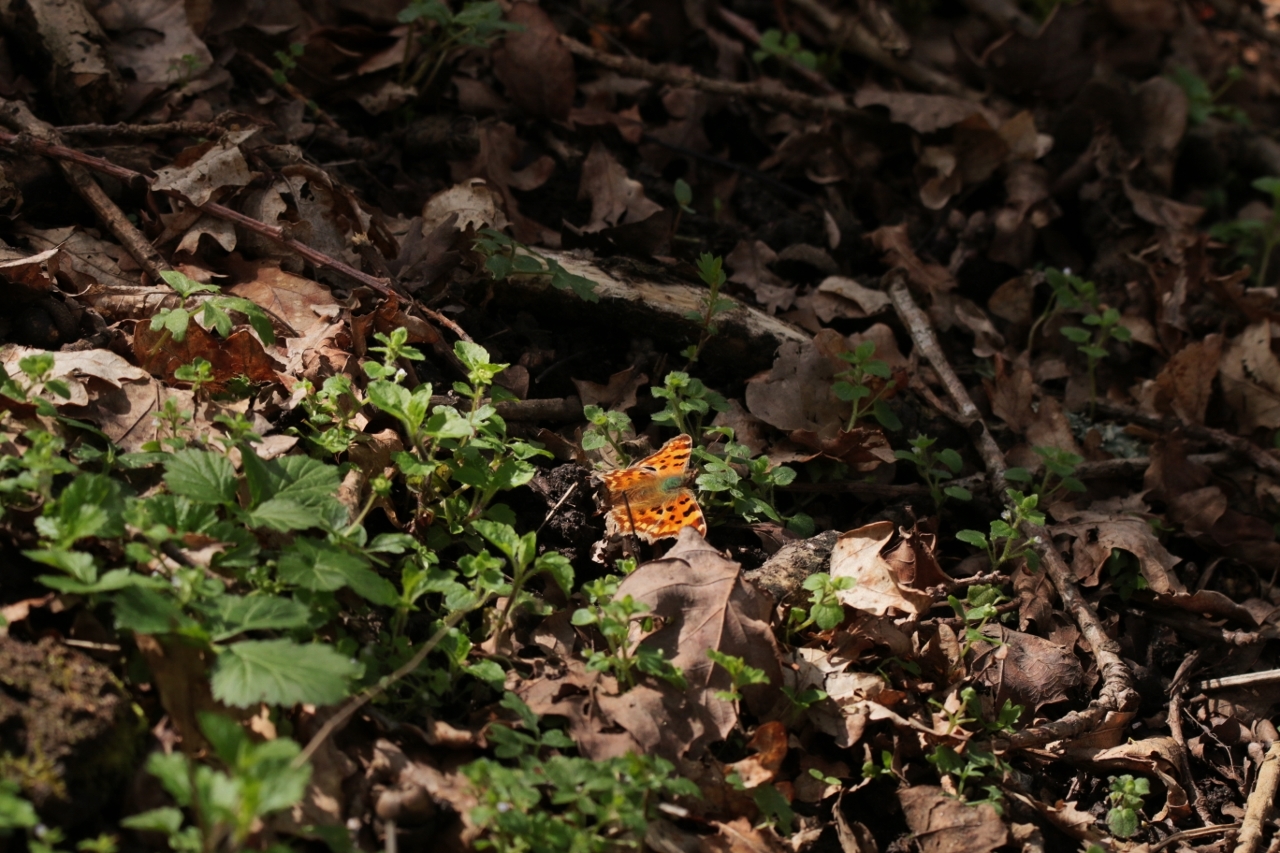



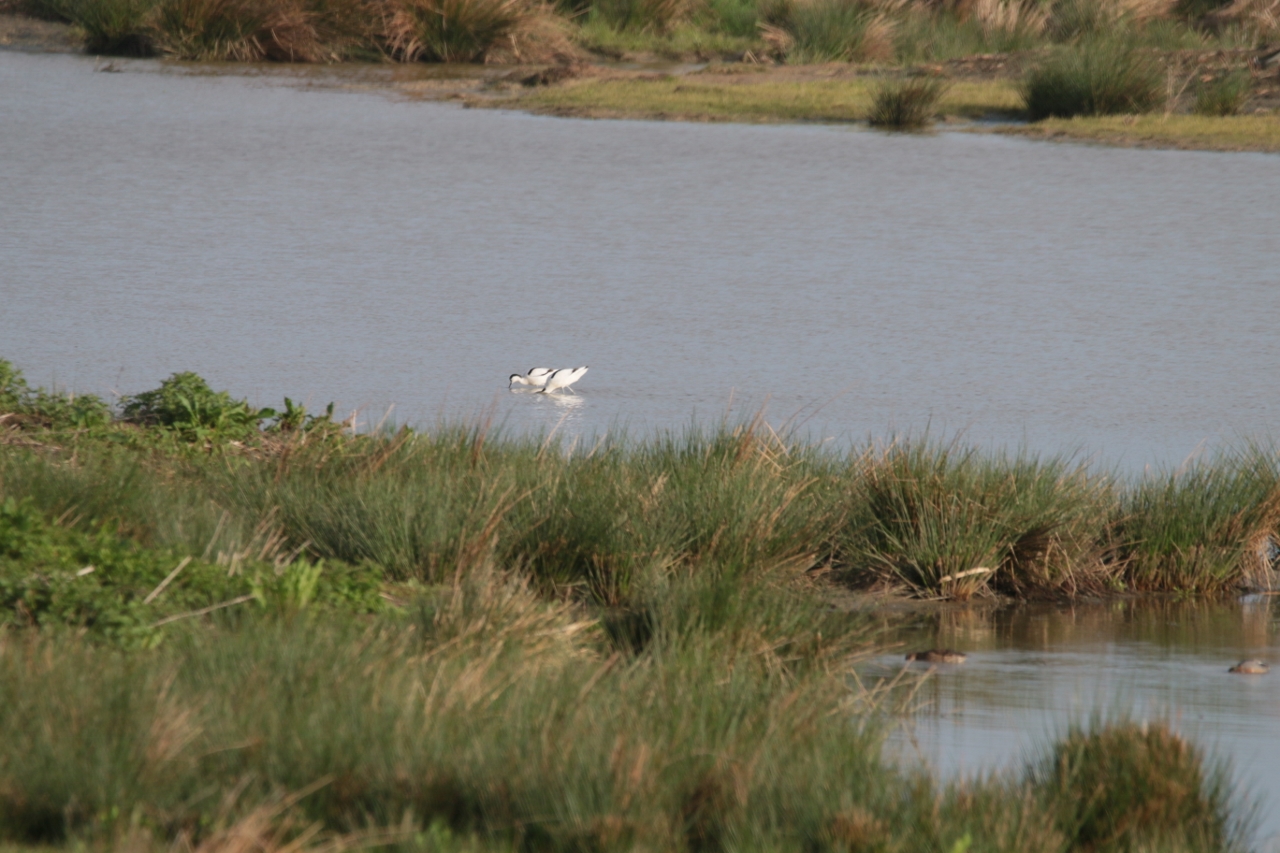

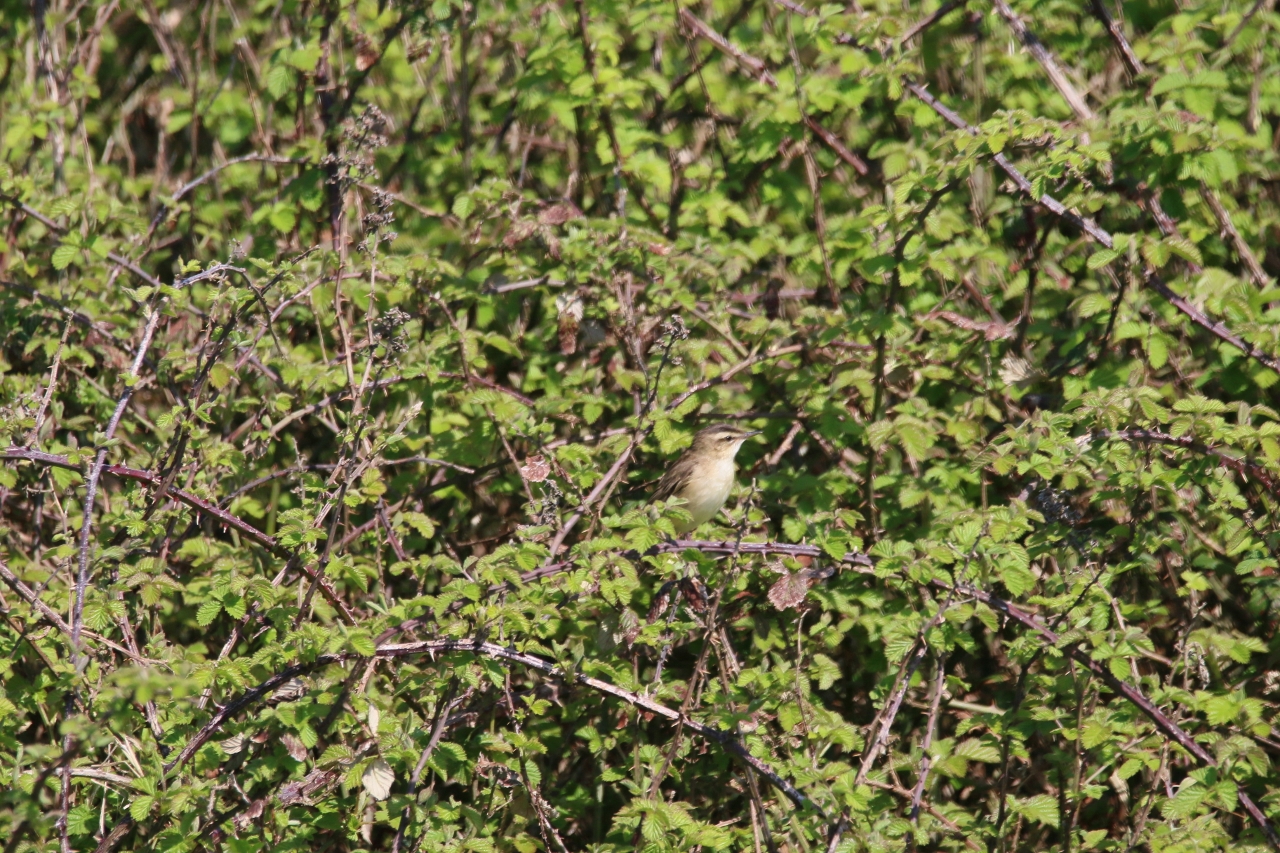
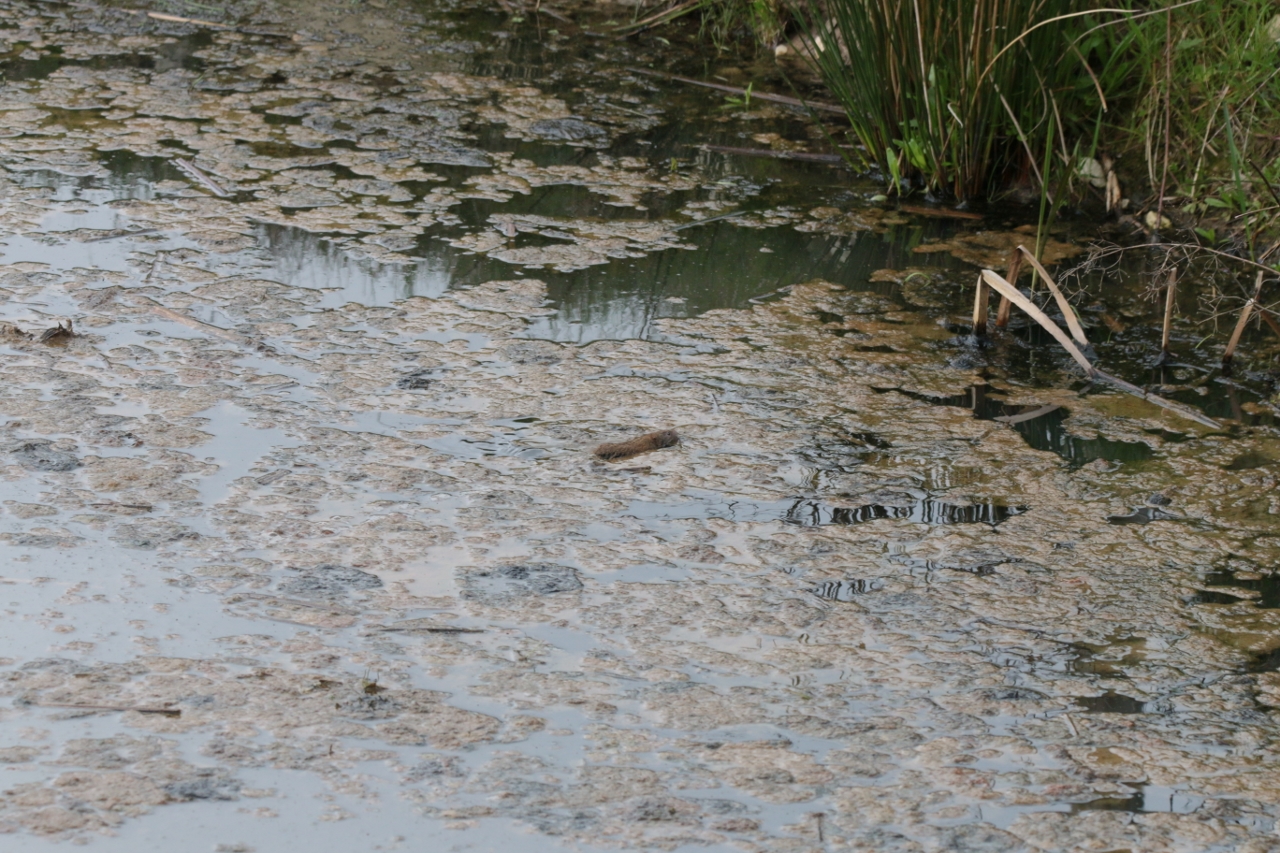


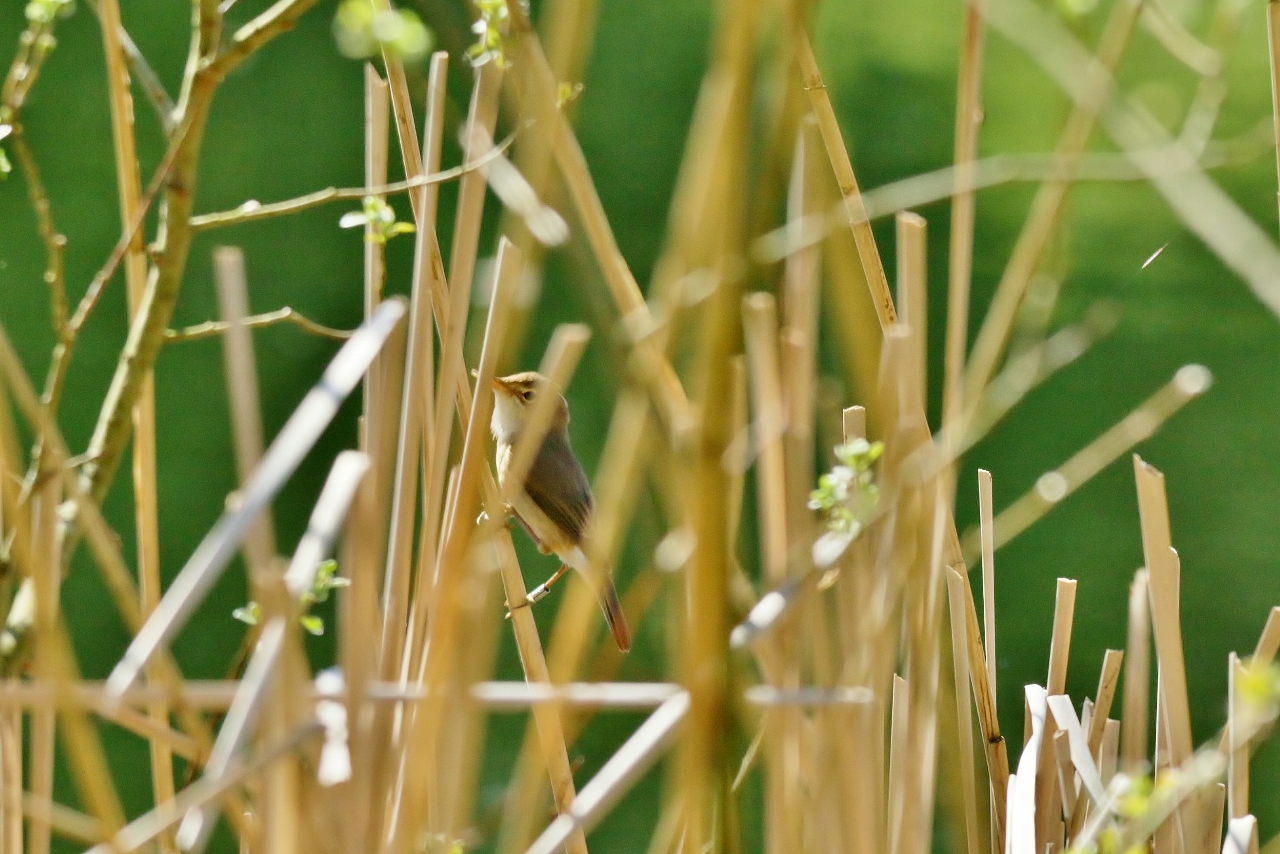

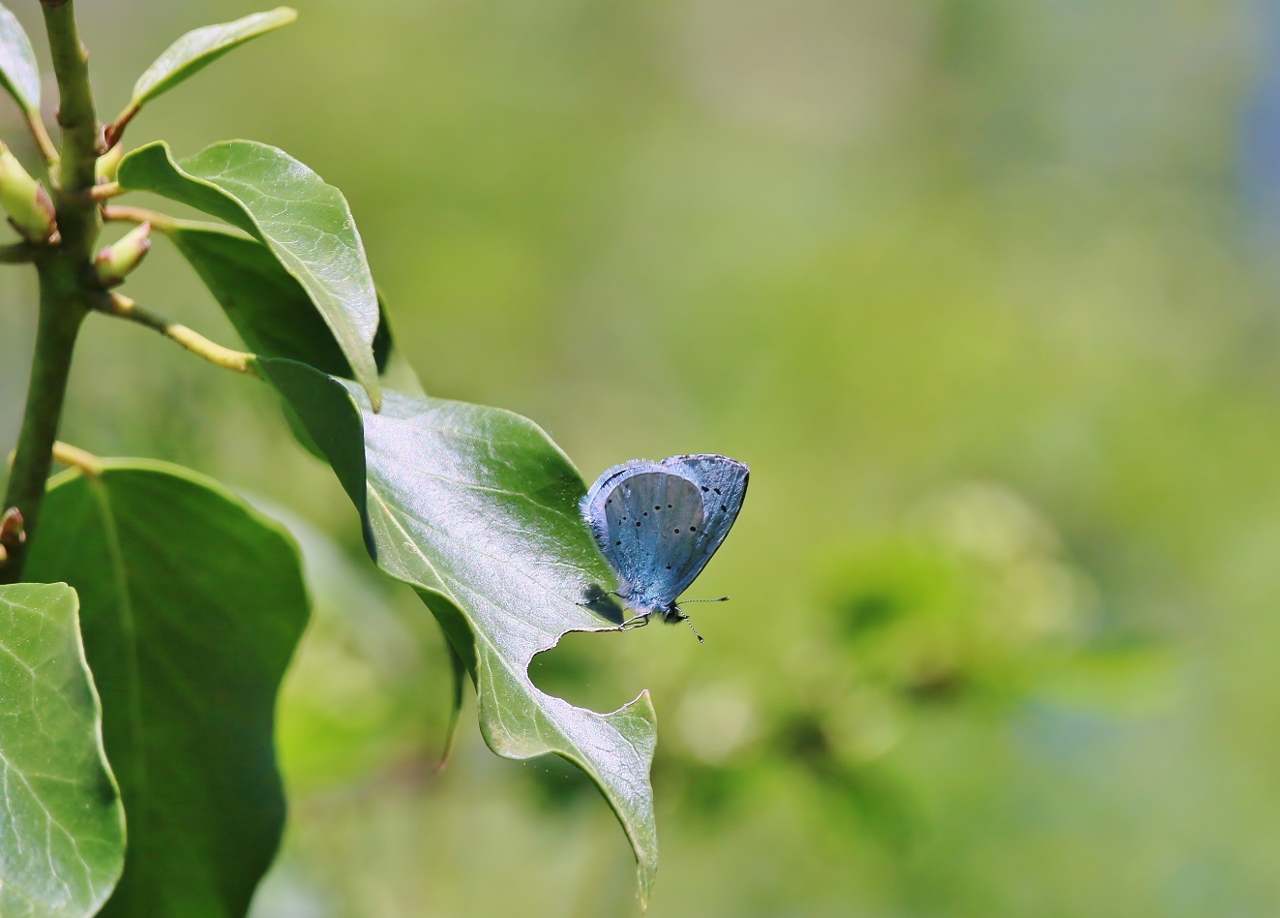
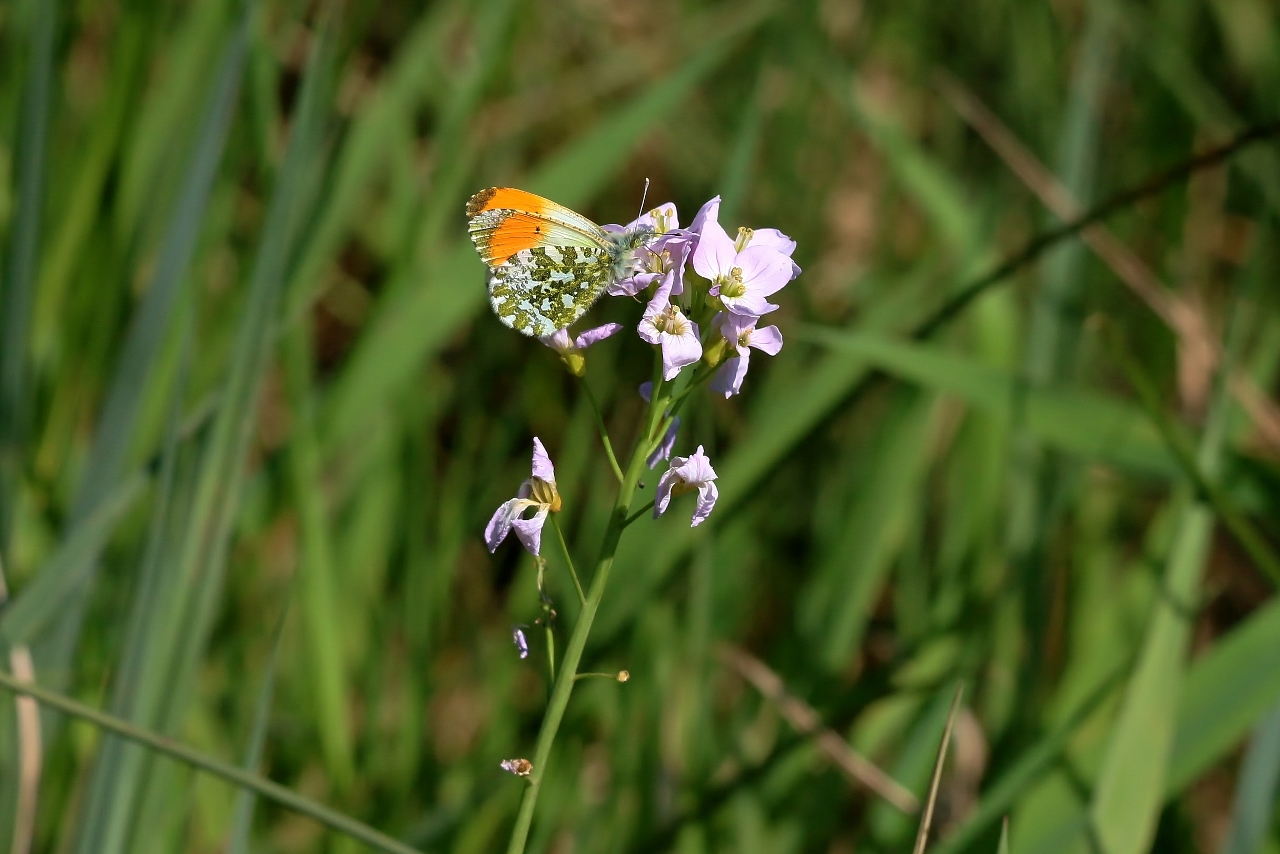

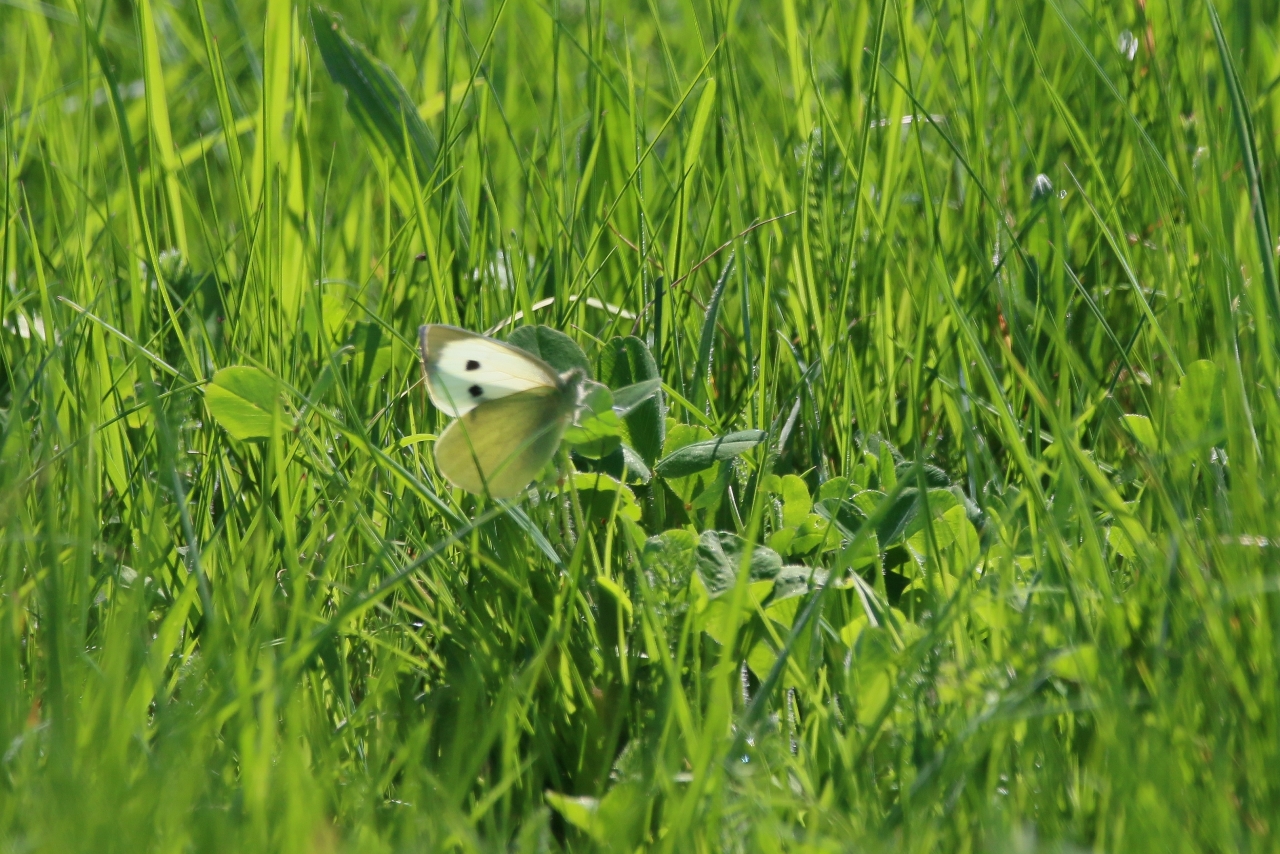

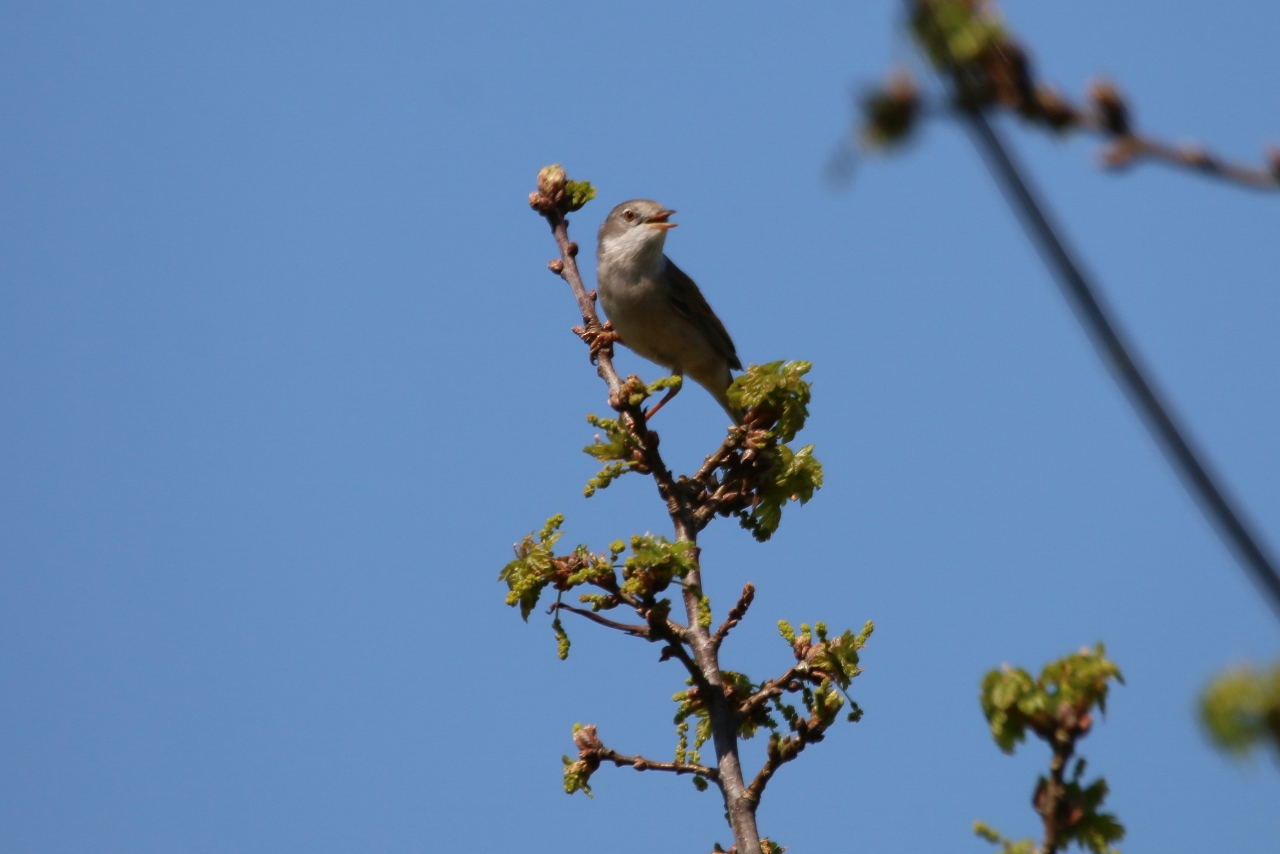




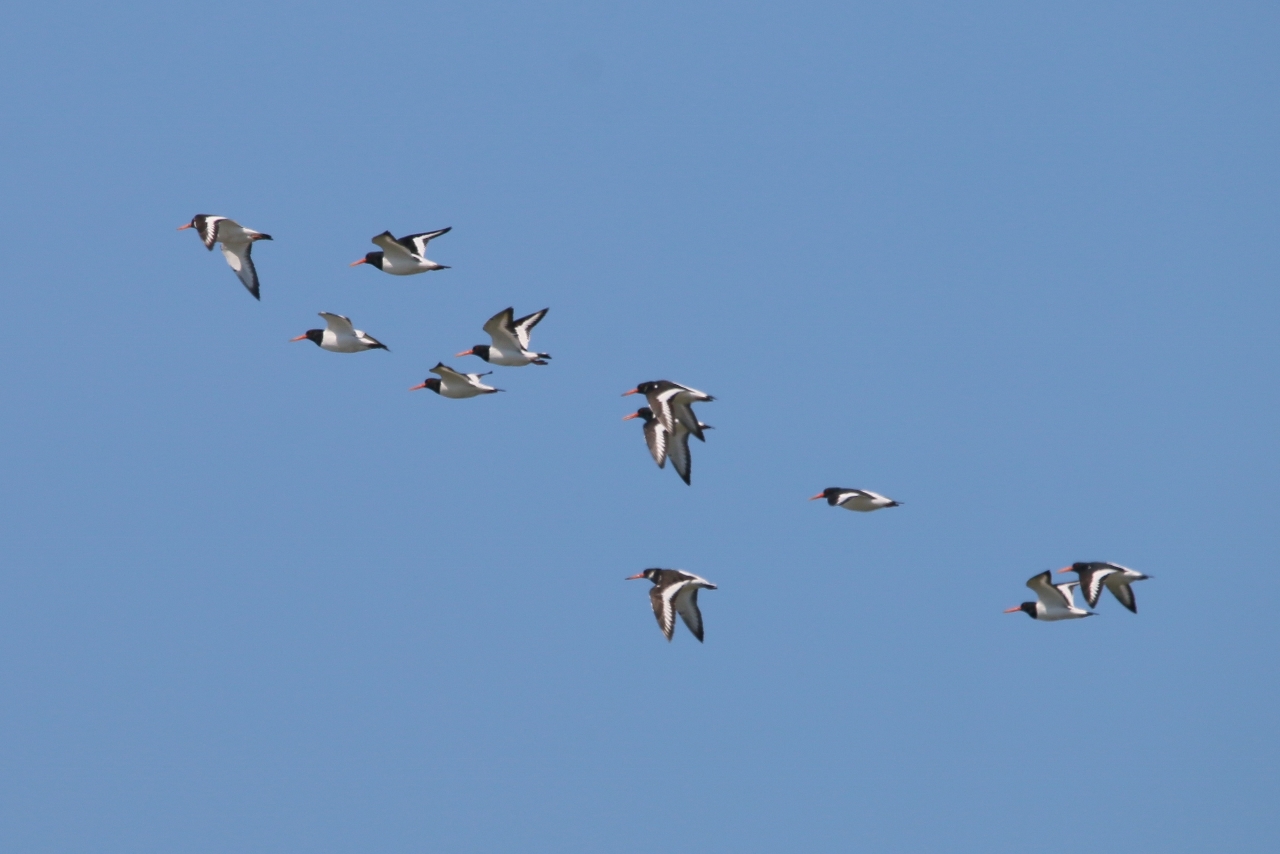

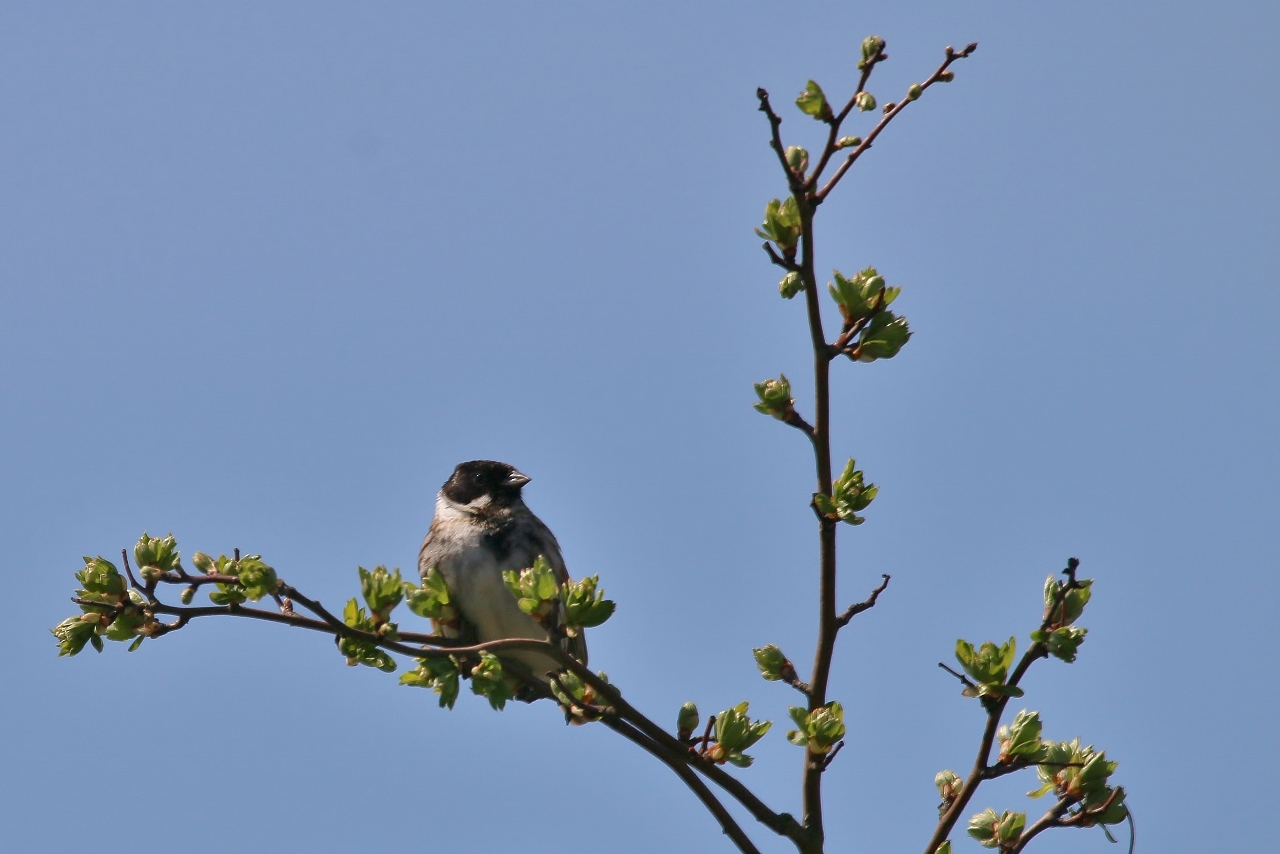












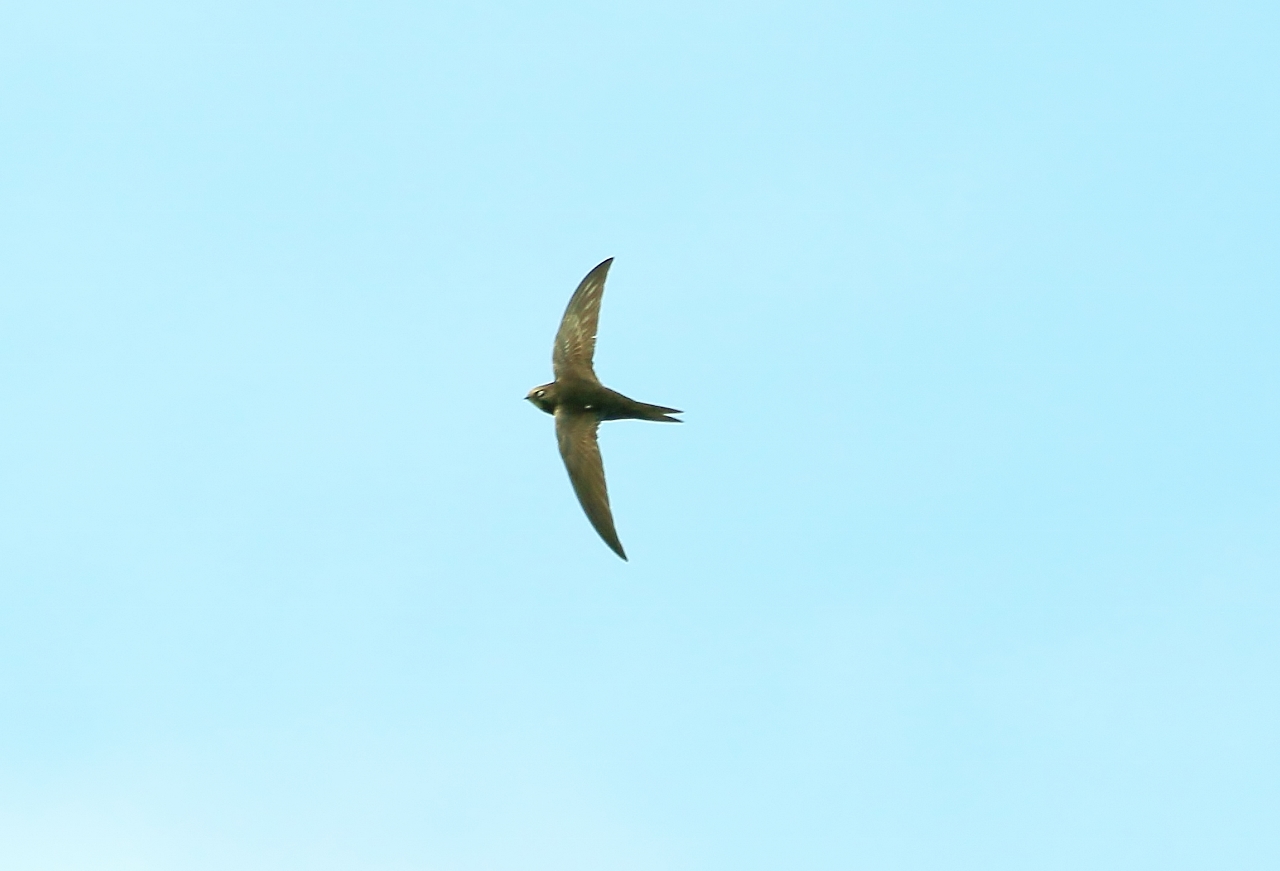

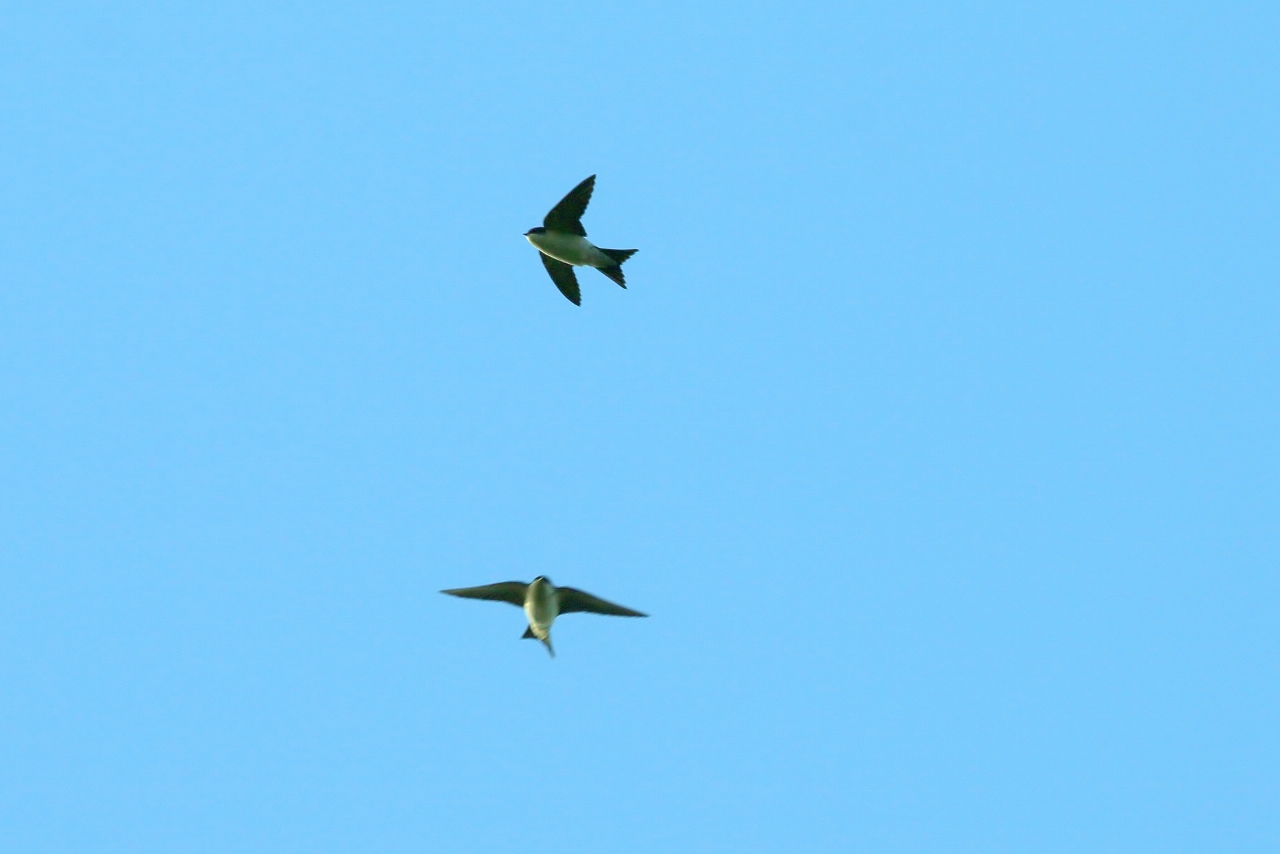
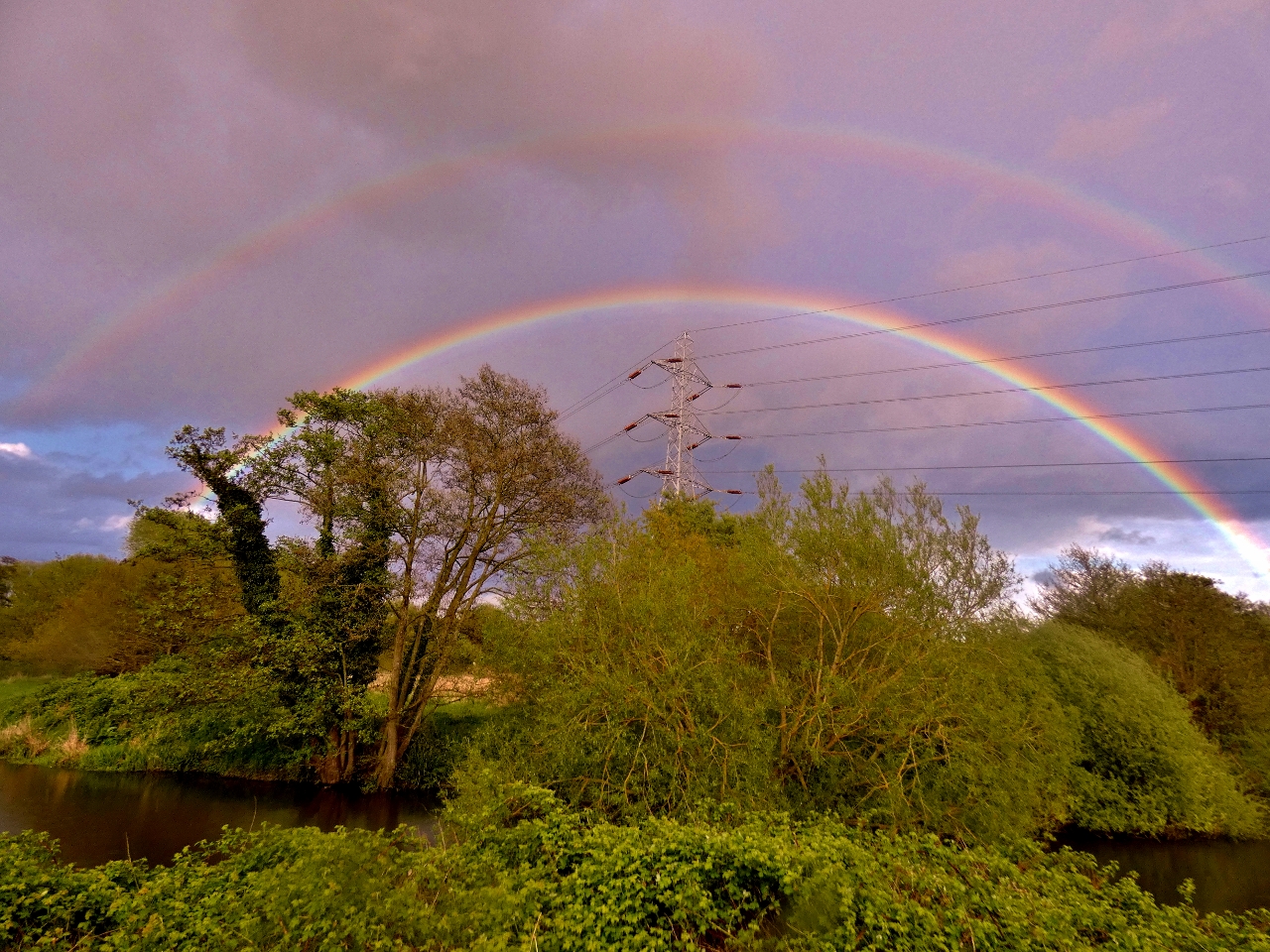
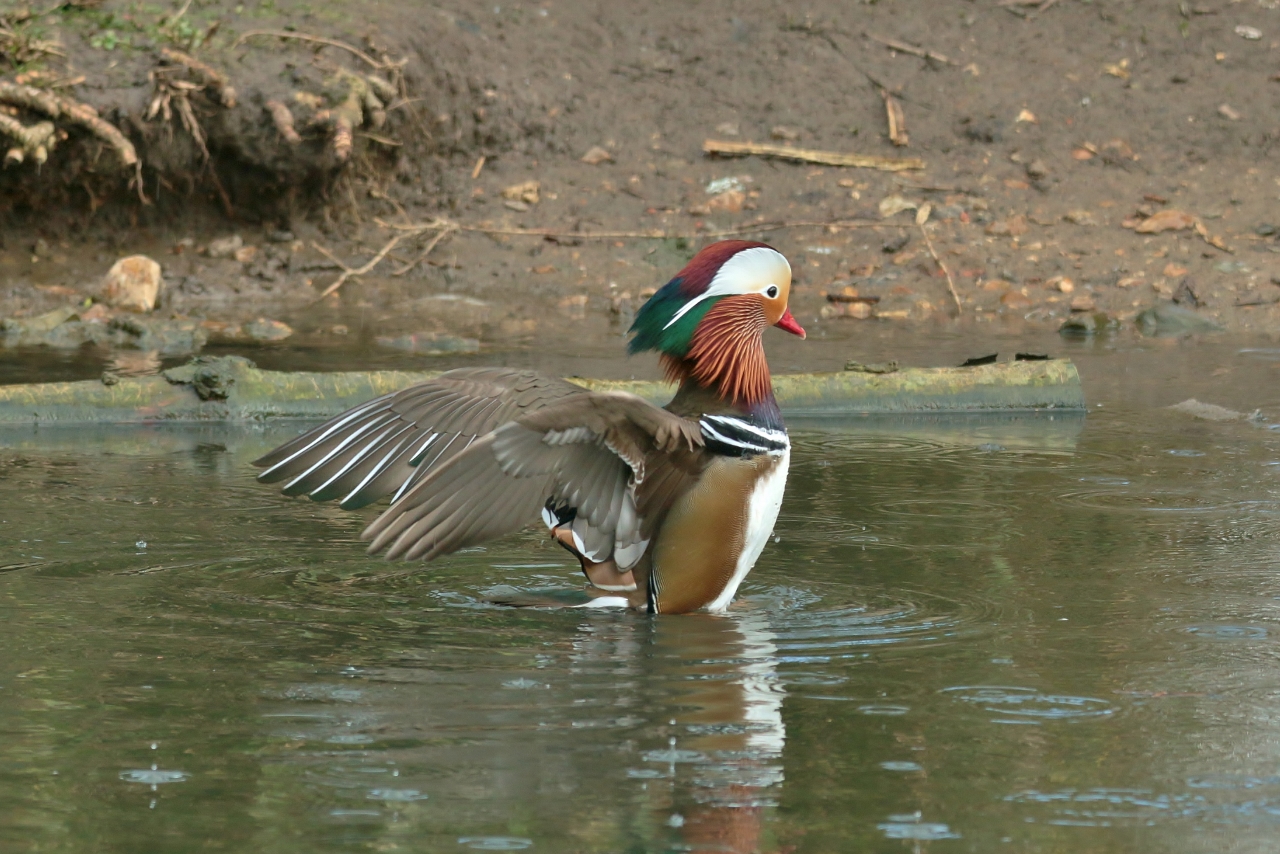











Recent Comments